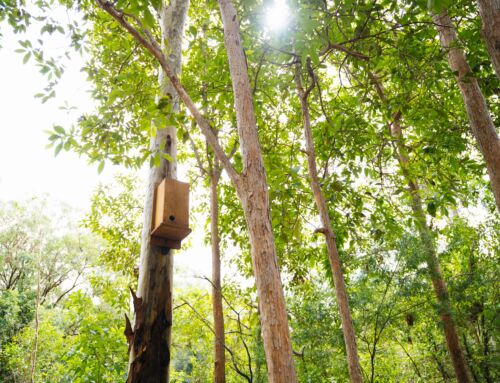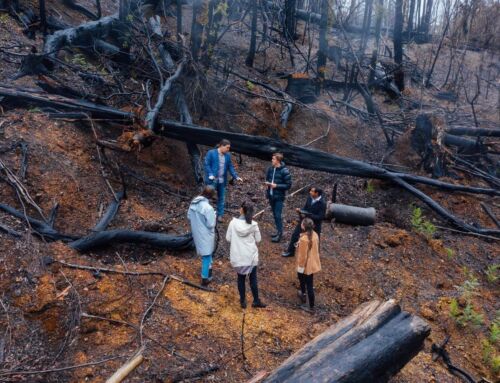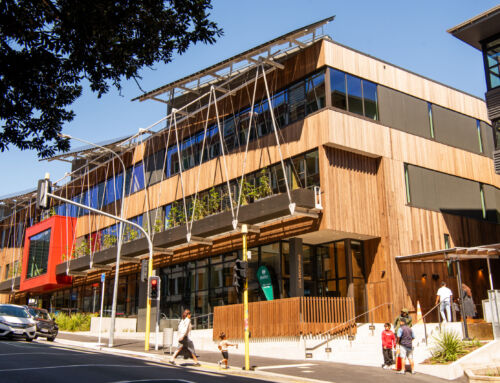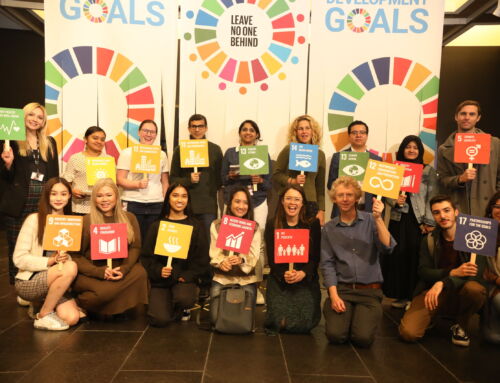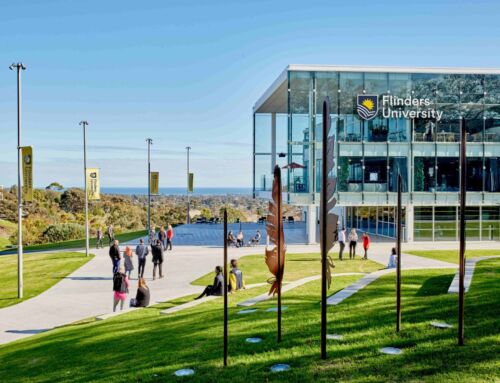The Sustainability Neighbourhood was a response to requests from students who felt ‘stuck’ in a less sustainable lifestyle than they wanted to be. This was mainly through limitations from either their landlords or from their flat mates.
Basically, there are three houses, with 20 students in total, that share a common garden. The houses have all been renovated to a high standard with great insulation and double glazing. Students have veggie beds, bee hives, a grow house, worm farms and detailed energy monitoring. They are supported with some training on how to best use these facilities. Several researchers and community groups were involved in the planning and establishment of the neighbourhood as a living lab.
Does this campaign support the university’s strategic sustainability goals?
The project relates to our sustainability strategic framework. This is a pilot year, so targets and goals will emerge as the neighbourhood develops. The overall aim is to create evidence that will influence practice in the wider student community – both landlords and students.
What challenges has this campaign navigated?
Getting students to be part of the design of the project has had a really positive impact, but at first it was hard to get them to commit when it had not been designed yet – the chicken and egg of human centred design!
What advice would you give to other institutions looking to replicate this campaign?
Making clear distinctions between what the sustainability team will be responsible for and what the accommodation
team is responsible for right at the start is incredibly important. The accommodation team have years of skills and
experience – use it! Make sure that you have all of the ethics ducks lined up before you start – if it’s a living lab
residents need to know what they are signing up to and what they have a choice about.
Contact ray.obrien@otago.ac.nz


